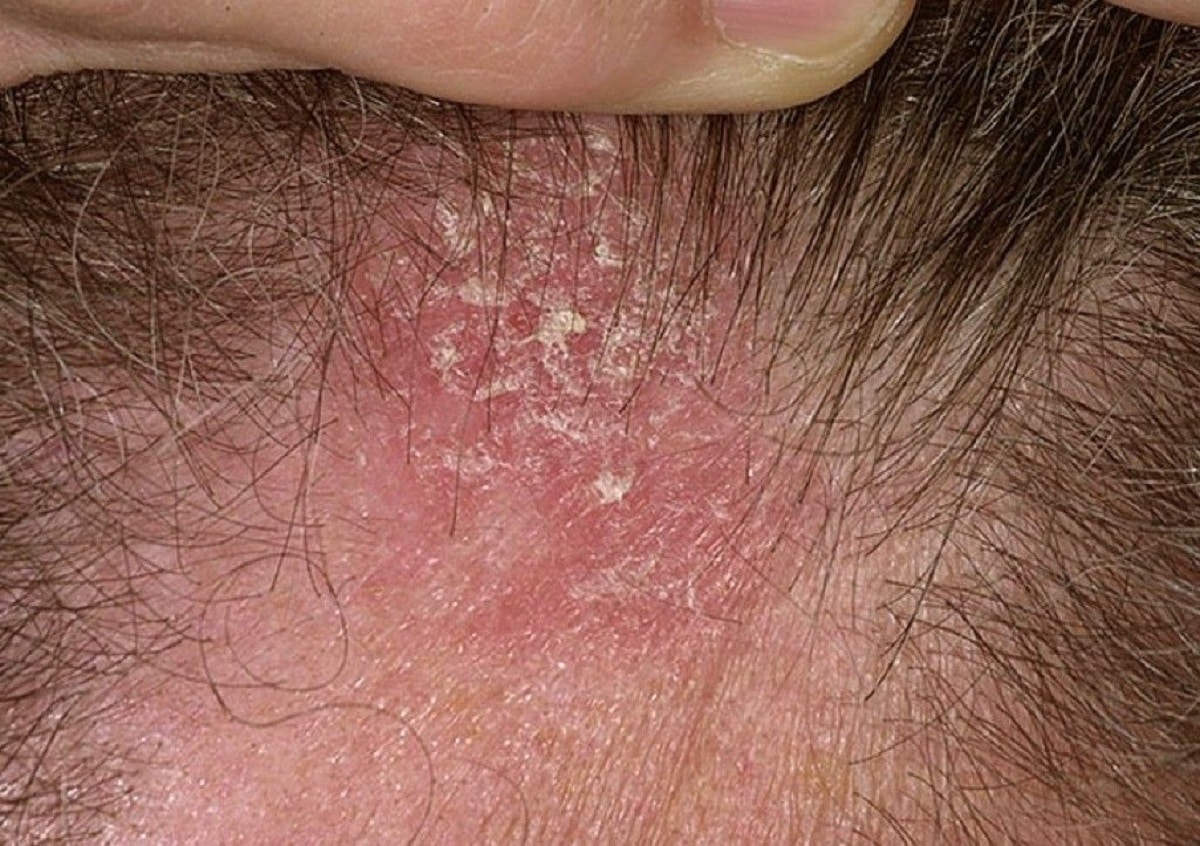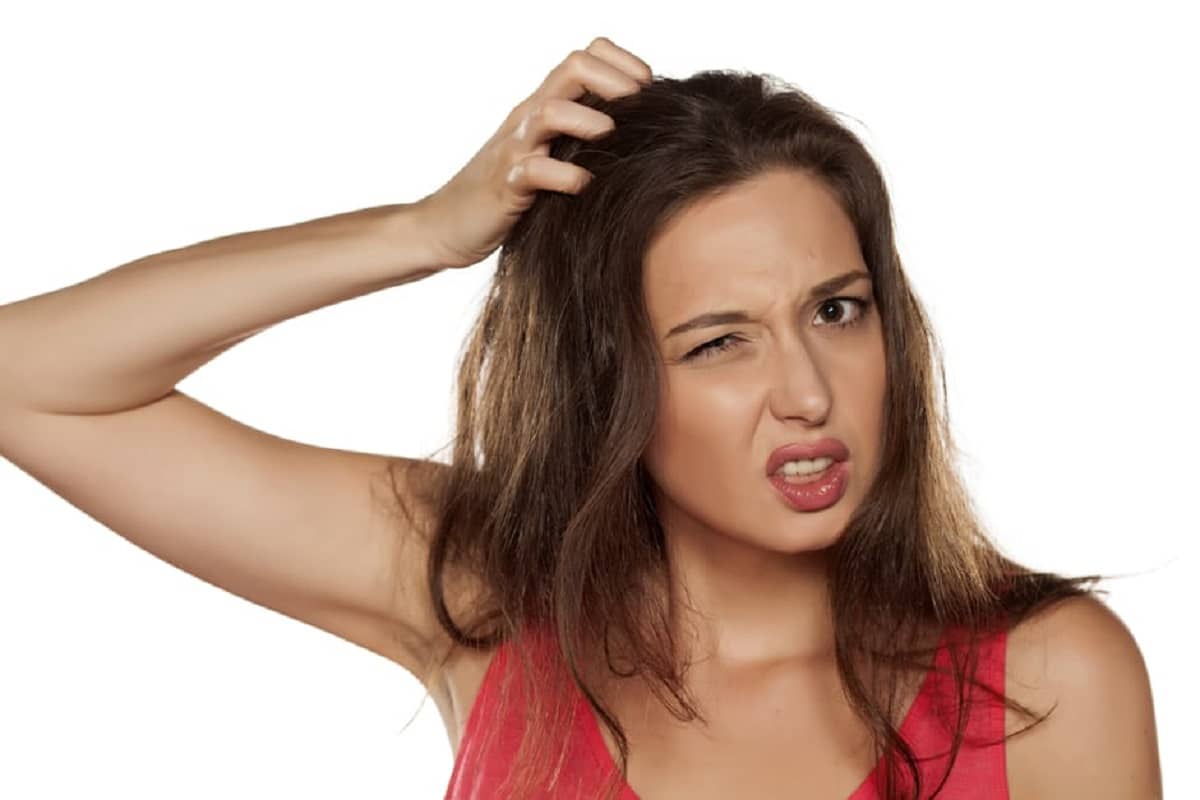
Seborrheic dermatitis is a disease of the scalp that It is characterized by causing inflammation in the scalp, the face and sometimes affects other parts of the body as well. This inflammation causes flakes to appear on the skin, with great itching or burning and symptoms similar to rosacea, which can create confusion when diagnosing the disease.
This disease is chronic, which means that there is no treatment that completely eliminates seborrheic dermatitis. What is possible is apply treatments and care that significantly reduce outbreaks and the symptoms when they occur. Therefore, knowing the characteristics of seborrheic dermatitis is the best way to live with this disease while keeping the symptoms well controlled.
Causes of seborrheic dermatitis
There are different causes for seborrheic dermatitis, although it is necessary to go to the dermatologist's office to find the cause in each specific case. Although there are factors that can complicate this problem, such as stress, poor hygiene or scratching the head a lot, the usual thing is that there is a medical cause such as the following.
- Malassezia furfur fungus: This mushroom proliferates in very oily areas of the skin, specifically on the scalp where the sebaceous glands are especially active. The Malassezia furfur fungus causes irritation, itching, scaling, and the general symptoms of seborrheic dermatitis.
- When the cell renewal of the scalp is interrupted: This disorder causes skin cells to shed and stick together, forming yellowish scales, dandruff and itchiness. The causes themselves of this disorder can be varied, although there is a strong genetic component And most likely, seborrheic dermatitis is passed from parent to child.
Symptom
If you recognize any of the following symptoms, you should make an appointment with your dermatologist as soon as possible. It is very important that the specialist carry out the corresponding review to find a diagnosis and be able to start treatment as soon as possible. Since knowledge is the best tool to keep seborrheic dermatitis under control.
These are the general symptoms of seborrheic dermatitis of the scalp:
- Itching, incessant itching that makes you want to scratch with force in the area where the inflammation occurs.
- Dandruff appears, not only on the scalp, it can also appear on the eyebrows, mustache or beard.
- Crusts on the scalp.
- Blepharitis may appear, which is inflammation of the eyelids.
- The skin becomes very oily and reddened in some areas of the body.
- Scales, swelling or redness in various areas of the face such as the nose, ears or cheeks. Although they can also appear on the shoulders, armpits or groin.
Treatment and prevention of seborrheic dermatitis
To find a treatment with which to control the symptoms of dermatitis, it is necessary to go to the dermatologist's office. Although in most cases the disease never goes away, there are very effective methods to control and reduce the most severe symptoms. The dermatologist usually recommends specific hair hygiene products for this type of skin and hair.
It is also possible to use drugs with hydrocortisone, but they should always be controlled by the specialist. As well as the consumption of products that reduce hair loss, which is another of the main causes of seborrheic dermatitis of the scalp. At home, prevention is essential to control and keep outbreaks at bay dermatitis.
- Avoid touching your hair excessivelyas it stimulates the production of fat.
- Always use cosmetic products specially designed for delicate skin, with dermatitis or fatty.
- Try not to scratch your head, because this encourages more infections to appear, creates new skin lesions and worsens inflammation.
- Eat a very healthy diet, with a large consumption of natural products such as fruits and vegetables.
- Eliminate very spicy foods from your diet, alcohol and very fatty foods such as cheeses, cold cuts, fried foods and ultra-processed foods.
Keeping dermatitis under control is a matter of perseverance and dedication. Although it may seem desperate in the beginning, with good habits and a dermatologist follow-up, you can control seborrheic dermatitis of the scalp.

